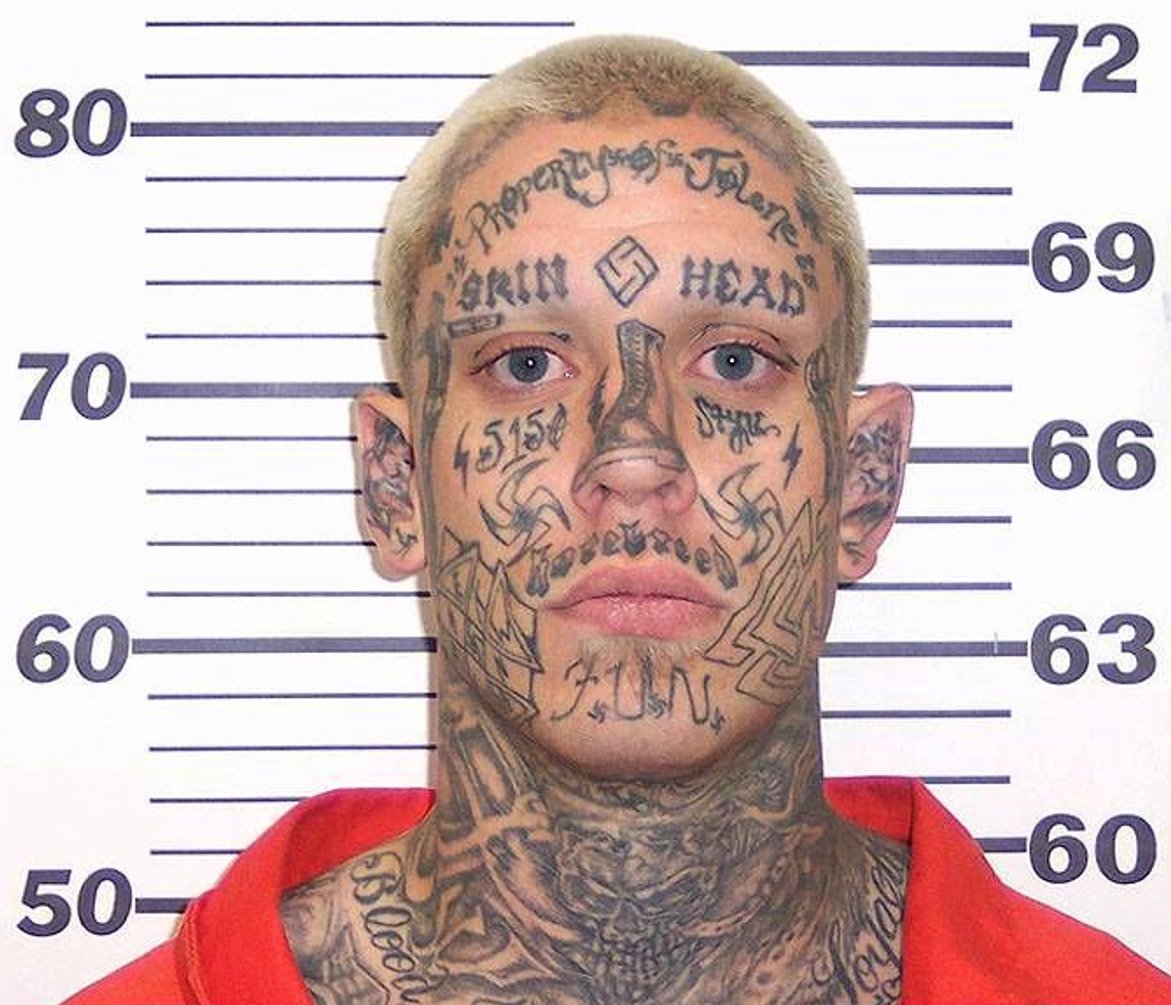
Who are the most influential white supremacists in the U.S. over the past century? Here's an off-the-cuff "Worst 10" list (I reserve the right to change my mind), in more or less chronological order.
1. William Joseph Simmons resurrected the long-gone Ku Klux Klan for the 20th century, patterning it after fraternal organizations and taking advantage of anti-immigrant, anti-Semitic, and anti-Catholic sentiments--growing it to millions. 

2. Gerald L. K. Smith was one of the most prominent hardcore white supremacists of the mid-20th century--and one of the best orators. Ironically, he started off as a lieutenant of Huey Long. He also built that big Jesus statue in Arkansas. 

3. Robert B. Patterson essentially led the "genteel" opposition to desegregation in the South during the Civil Rights era as the leader of the White Citizens Council movement. 

4. Wesley A. Swift was the person most responsible for the modern Christian Identity sect, a racist and anti-Semitic religious sect whose adherents were responsible for countless violent acts from the 1970s-2000s. Disciples included Richard Butler and William Potter Gale. 

5. George Lincoln Rockwell didn't start the first neo-Nazi group in the U.S., but he created the first significant one, from which most modern neo-Nazi groups are directly or indirectly descended. He tried to articulate a version of Nazism for a North American audience. 

6. Willis Carto was a shadowy figure who had his hand in everything for many decades, but was perhaps most important as a white supremacist publisher (through the Liberty Lobby and Noontide Press) and promoter of Holocaust denial. 

7. David Duke was a neo-Nazi, then a Klansman, then a one-man show for decades, the person most of the U.S. public thought of in the late 20th century when they thought of white supremacy. His electoral runs brought him fame--but also a stint in federal prison. 

8. John Tanton was a Michigan ophthalmologist and white supremacist who founded most of the major anti-immigrant groups in the U.S. active today--the so-called "Tanton Network." Though he remained behind the scenes, he was very influential in promoting American xenophobia. 

9. Don Black started as a Klan member and David Duke disciple, and even tried to take over a Caribbean island, but really came into his own in the 1990s, bringing white supremacy to the World Wide Web with his website Stormfront. 

10. James Mason was a pretty peripheral figure in the neo-Nazi world in the 1970s and 80s but experienced a late-life revival in the 2010s after young white supremacists discovered and promoted his calls for accelerationist violence. 

• • •
Missing some Tweet in this thread? You can try to
force a refresh












